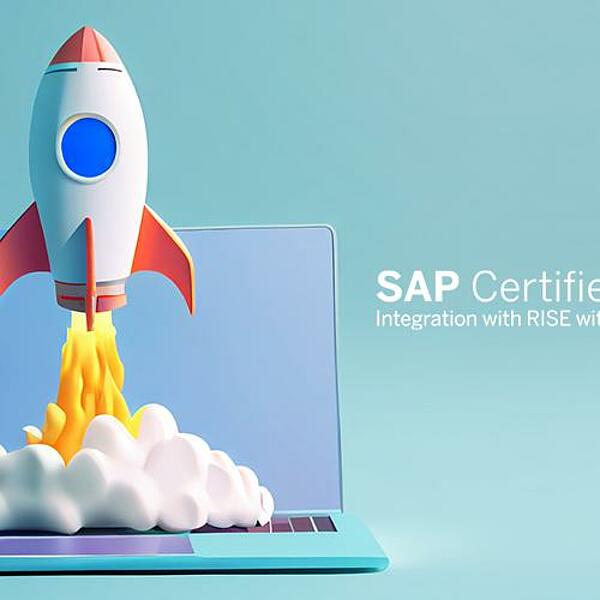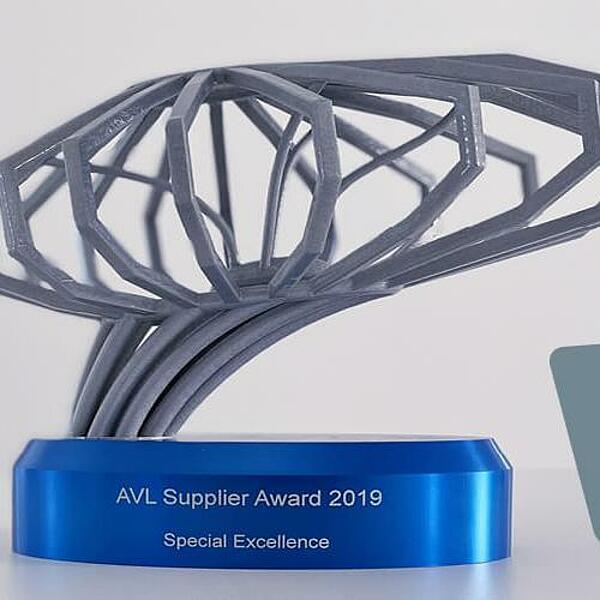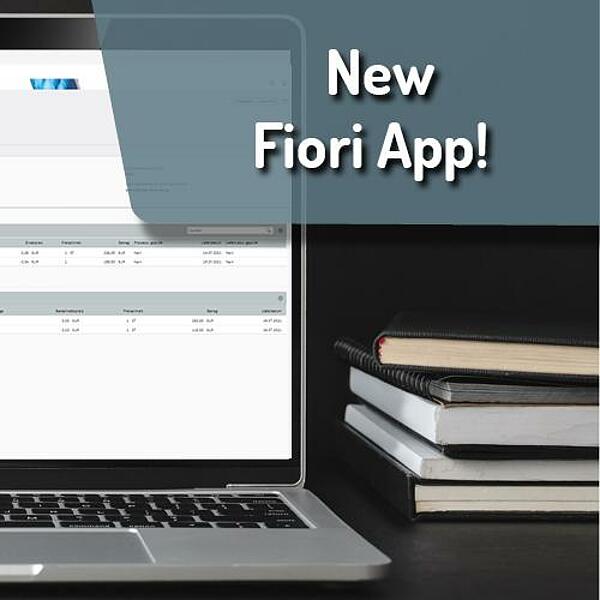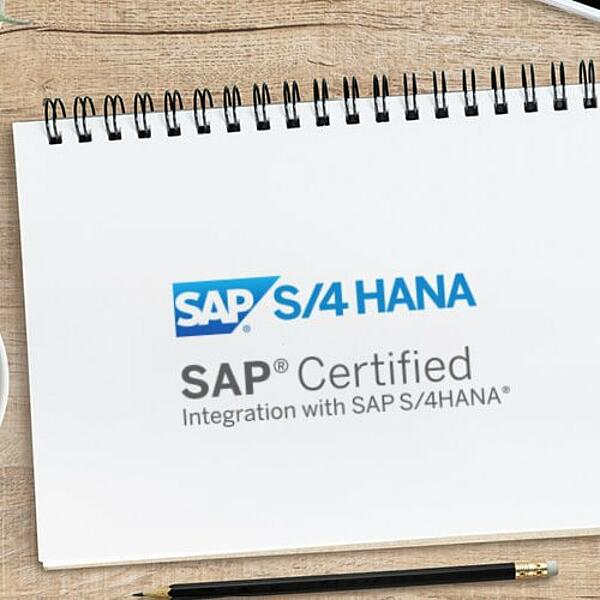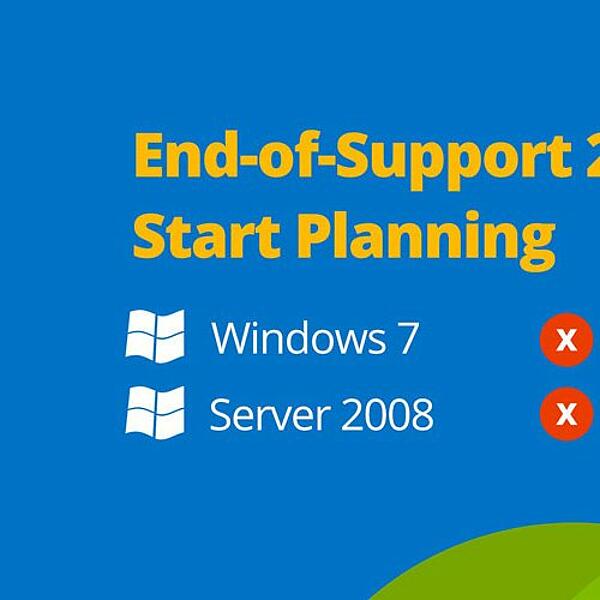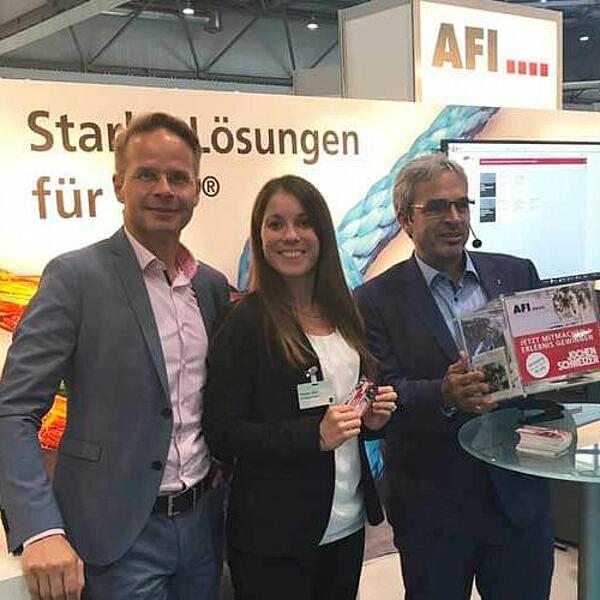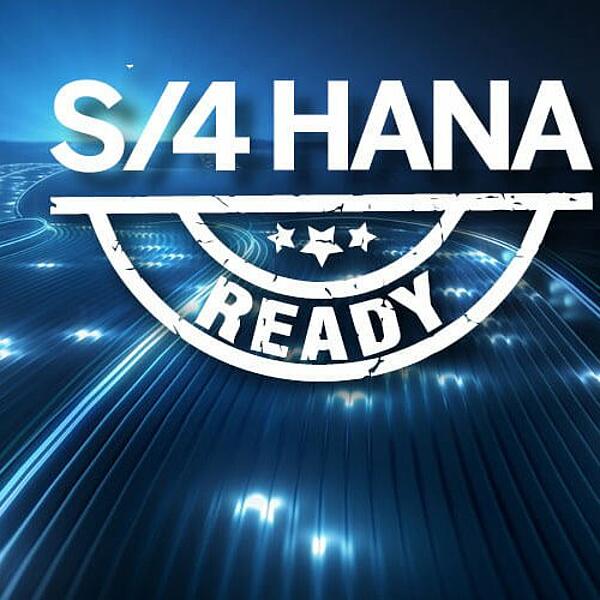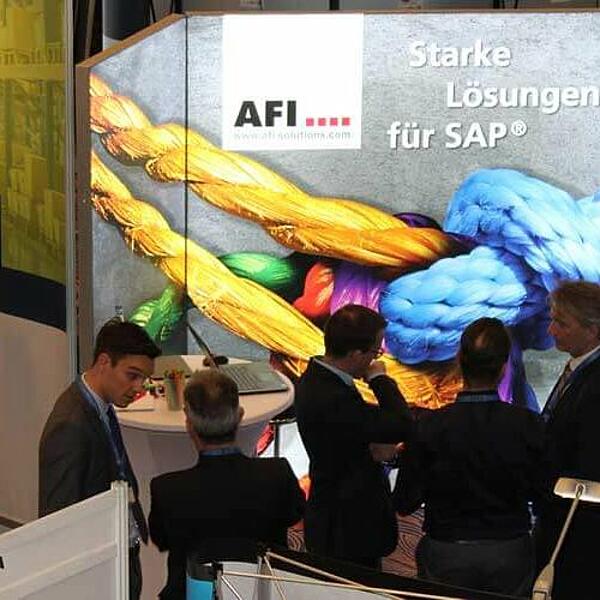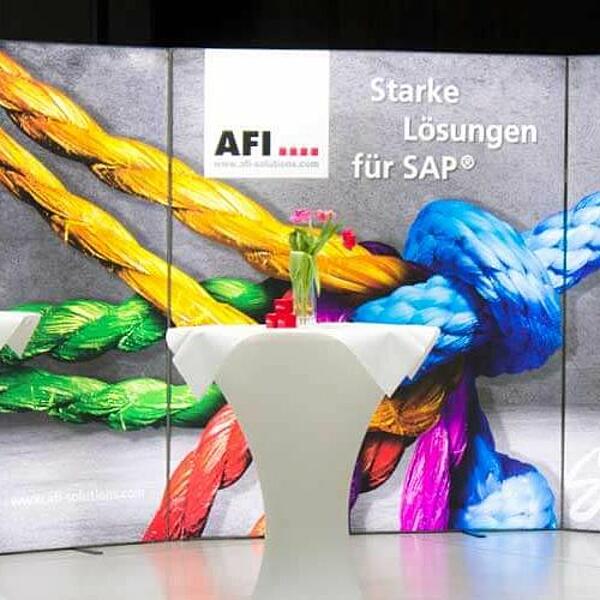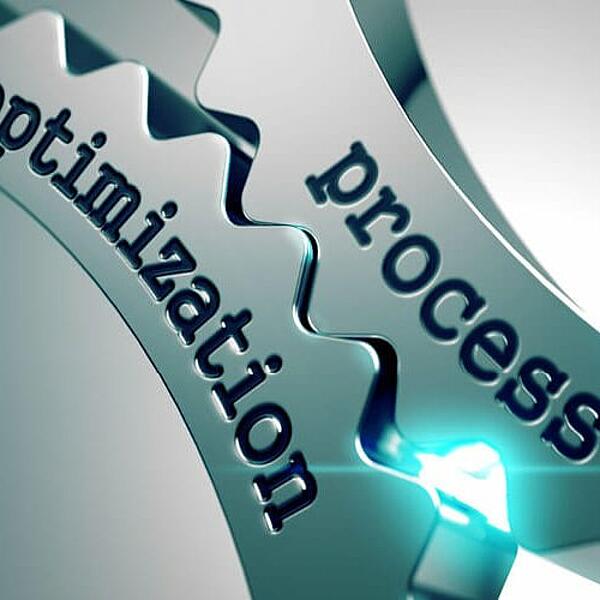
The Long Road to European Electronic Invoicing
Table of contents:
- Public administration as a driver of digitalization
- Advantages of e-invoicing
- National requirements within Europe
- E-invoices: who, how, what?
- Europe on the road to e-invoicing
- First approximation to a »standard«
- European versus/and national solutions
- AFI Invoice will be compliant with EN16931 and FatturaPA as of autumn
- Info block implementation deadlines
X-Rechnung, ZUGFeRD 2.0 or Factur-X in Germany and France, ZUGFeRCH in Switzerland1, Svefaktura in Sweden, e-Fatura and SII (Sistema de Suministro Inmediato de Información) in Spain, FatturaPA XML and SdI (Sistema di Interscambio) in Italy, System NAV (Nemzeti Adó- és Vámhivatal) in Hungary and an EU Standard EN16931 which came into force on 27 November 2018: with so many different e-invoice formats and systems as well as existing or forthcoming obligations on electronic transmission procedures, it is easy to lose track in Europe. More and more provisions are added at international level.1 But what does this mean for companies? Are their finance departments and software solutions prepared? How about a European standard that simplifies everything? And what can AFI solutions accomplish in this context?
Public administration as a driver of digitalization
Various e-invoicing formats and procedures, new EU Directives on e-invoices or country-specific transmission requirements are bringing along many changes for companies in Europe. Public authorities have recognized the benefits of digitization and keep pushing it forward. In their position, government bodies can also exert leverage on their business partners from the economy who cannot take part in public tenders without participating in the electronic exchange process for instance.
Advantages of e-invoicing
The benefits of such e-invoicing procedures are relatively clear – as long as everyone plays along. According to a Billentis study, there could be cost savings of 8 to 38 percent by electronic means alone in ensuring tax compliance as compared to paper-based processes.2 The European Commission estimates the savings volume in Germany alone at 30 to 40 euros per electronic invoice which would correspond to an average annual relief of 4.3 to 8.9 billion euros.3 Environmental resources are conserved at the same time.
Latest on the Topic: »E-Invoicing Obligation: The Future of E-Invoicing in Germany«
National requirements within Europe
In many cases, national governments have introduced mandatory electronic transmission procedures, clearance models or fiscal reporting obligations to obviate »black economy« or tax fraud. For example, all transactions between private companies established in Italy and the local authorities will be required by Italian law to generate invoices in the XML format FatturaPA provided for this purpose and to transmit them via the exchange platform SdI created for this purpose from 1 January 2019 at the latest. Larger companies should be able to connect their ERP system directly to the SdI via an interface in order to automate the processing of invoices and the associated feedback. In Spain (since 1 July 2017) and Hungary (since 1 August 2018), reporting systems have already been in place for real-time VAT transmission which requires electronic invoices and invoicing systems. If the tax authorities in these countries are not informed in time or at all, financial penalties may be imposed.
E-invoices: who, how, what?
There really is a lot going on in the area of e-government or e-invoicing in Europe and companies have to stay alert in order not to miss the bus. However, current reporting does not seem to be particularly »loud«. It is obviously necessary to first browse through relevant news portals and blogs to receive information on the latest developments on the e-invoice market. It is anyone’s guess if all companies already know the ropes. However, questions seem natural as, for instance, whether one’s own company is already well positioned in connection with FatturaPA XML, EN16931 etc. Can one’s own solutions for the processing of invoices or ERP systems map current and future EU and country provisions and transmission procedures at all? And how about a European standard for e-invoicing that would make country-specific adjustments obsolete?
Europe on the road to e-invoicing
A short review is worthwhile for the answers. Directive 2014/55/EU4, which came into force on 26 May 2014, aims to channel and promote the emerging trend towards e-invoicing and to provide a stable and flexible framework in view of the European Union.5 The subsequent European Standard EN16931 formed a uniform basis for the structured electronic representation of invoices.
This EU Standard provides the opportunity of CIUS (Core Invoice Usage Specification) so that national and specific requirements of user groups can continue to be mapped. The definition of a semantic data model for the core elements of an electronic invoice makes it possible to specify the core model of an EN16931-compliant invoice more precisely in compliance with the EU Standard. This ensures the basic and uniform processing capability of an electronic invoice. User groups with common requirements thus have the option of further automation of their invoice processing via their own CIUS.
In order to promote dissemination and the benefits arising from a uniform invoice structure, it was decided to oblige the contracting authorities of the Member States to accept and process EN16931-compliant invoices electronically. The deadlines set for this can be found in the info block »transposition periods«.
First approximation to a »standard«
At first sight, the transposition of the Directive into national law is disillusioning. Only six of the 28 Member States have already adopted corresponding measures (Germany, Czech Republic, Estonia, Spain, France and Portugal). Apart from this, it should not be disregarded that the issue of e-government has long been promoted by corresponding legislation in many countries and that only the addition of the Directive is still pending in many cases. In the legislation of the countries, it is largely evident that the scope of the Directive is used to promote e-invoicing beyond the provisions of the Directive. Germany, for example, makes use of this space and also obliges invoicing parties to electronically issue and transmit EN16931-compliant invoices to contracting authorities from 27 November 2020 with the »Regulation on electronic Invoicing in Public Procurement«.
Our neighbor on the other bank of the Rhine will also accelerate e-invoicing with its legislation and is expected to add the supplementary requirement of the Directive to its existing legislation in the coming months. With the French regulation »Ordonnance n°2014-697 du 26 juin 2014 relative au développement de la facturation électronique«, the obligation to issue electronic invoices has already existed since 1 January 2017 (for companies with more than 5,000 employees).6
European versus/and national solutions
Commonly, the question that arises in the context of electronic data exchange is by which means this takes place. Pioneers in e-government have long since developed national platforms for this purpose. In order to live up to the European idea in spite of this, more and more Member States are now connecting their platforms to the PEPPOL network (Pan-European Public Procurement OnLine) so that a common transmission path can be offered. Within the PEPPOL project, open standards for public tenders and procurement procedures will be developed while considering existing national procedures and systems.7
At least in the public sector, EN16931-compliant invoices will become prevalent through statutory provisions. Provided that the trend towards obliging invoicing parties to send EN16931-compliant invoices continues with the outstanding transpositions into national law, the remaining economic participants will also be encouraged to consolidate the diverse existing invoice formats within the EU in the future.
AFI Invoice will be compliant with EN16931 and FatturaPA as of autumn
We are now coming back to the questions at the beginning of this article: as of autumn, the AFI solution for incoming invoices, AFI Invoice, will be able to process all e-invoice formats that conform to the EU Standard EN16931. X-Rechnung is completely supported by the solution. All other EN16931-compliant CIUS will be supported to the effect that basic data can be read and processed according to the EU Standard.
AFI Solutions can also give the all-clear in respect of FatturaPA. The AFI solution AFI Invoice for the processing of incoming invoices will be able to process the Italian format with a module-based extension from November 2018. However, Italy is currently developing its own EN16931-compliant CIUS which can then also be processed by the AFI solution. Other national formats that some European countries had already used before the EU Directive, such as Svefaktura in Sweden or e-Fatura in Spain, are not yet supported in the standard product but can of course still be implemented as customized adjustment projects.
Info block implementation deadlines
The transposition periods of the Directive were set according to the publication of the reference of the European Standard for electronic invoicing and the list of syntaxes.
Publication was made in the Official Journal of the European Union (OJEU) on the basis of the Implementing Decision 2017/1870.8 As a consequence, the following transposition periods were set for Directive 2014/55/EU.
- 18 April 2019 for central contracting authorities
- 18 April 2020 for subcentral contracting authorities
However, depending on the transposition into national law, the transposition periods in the Member States may differ.
In Germany, the transposition periods were set as follows in the »Act on the Implementation of Directive 2014/55/EU on electronic Invoicing in public Procurement«:
- 27 November 2018: Receipt of electronic invoices for contracting authorities
- 27 November 2019: Receipt of electronic invoices for subcentral contracting authorities
- 27 November 2020: Mandatory electronic invoicing to contracting authorities
The French implementation of the Directive is expected to take place in 2018. However, France already has an obligation to issue and receive invoices electronically for the purpose of public contracts (although it has not yet been compulsory to issue EN16931-compliant invoices).9
- 1 January 2017: Electronic invoicing obligation for any company including more than 5,000 employees
- 1 January 2018: Electronic invoicing obligation for any company including 250 to 5,000 employees
- 1 January 2019: Electronic invoicing obligation for any company including 10 to 250 employees
- 1 January 2020: Electronic invoicing obligation for any company including less than 10 employees
Sources:
1 Cf. Article from 20 April 2018 by Markus Hornburg on ChannelPartner.de: „E-Rechnung: Deutschland hält das Tempo nicht mit“
2Billentis-Study: „E-Rechnung 2017“
3See: „E-Rechnung: Deutschland hält das Tempo nicht mit“
4Directive 2014/55/EU
5 See: https://eur-lex.europa.eu/legal-content/DE/TXT/?qid=1535118252802&uri=CELEX:32017D1870
6 See: https://www.legifrance.gouv.fr/affichTexte.do?cidTexte=JORFTEXT000029140226&categorieLien=id
7 See: https://peppol.eu/
8 See: http://www.bgbl.de/xaver/bgbl/start.xav?startbk=Bundesanzeiger_BGBl&jumpTo=bgbl117s3555.pdf
9 See: https://ec.europa.eu/cefdigital/wiki/pages/viewpage.action?pageId=75667304
